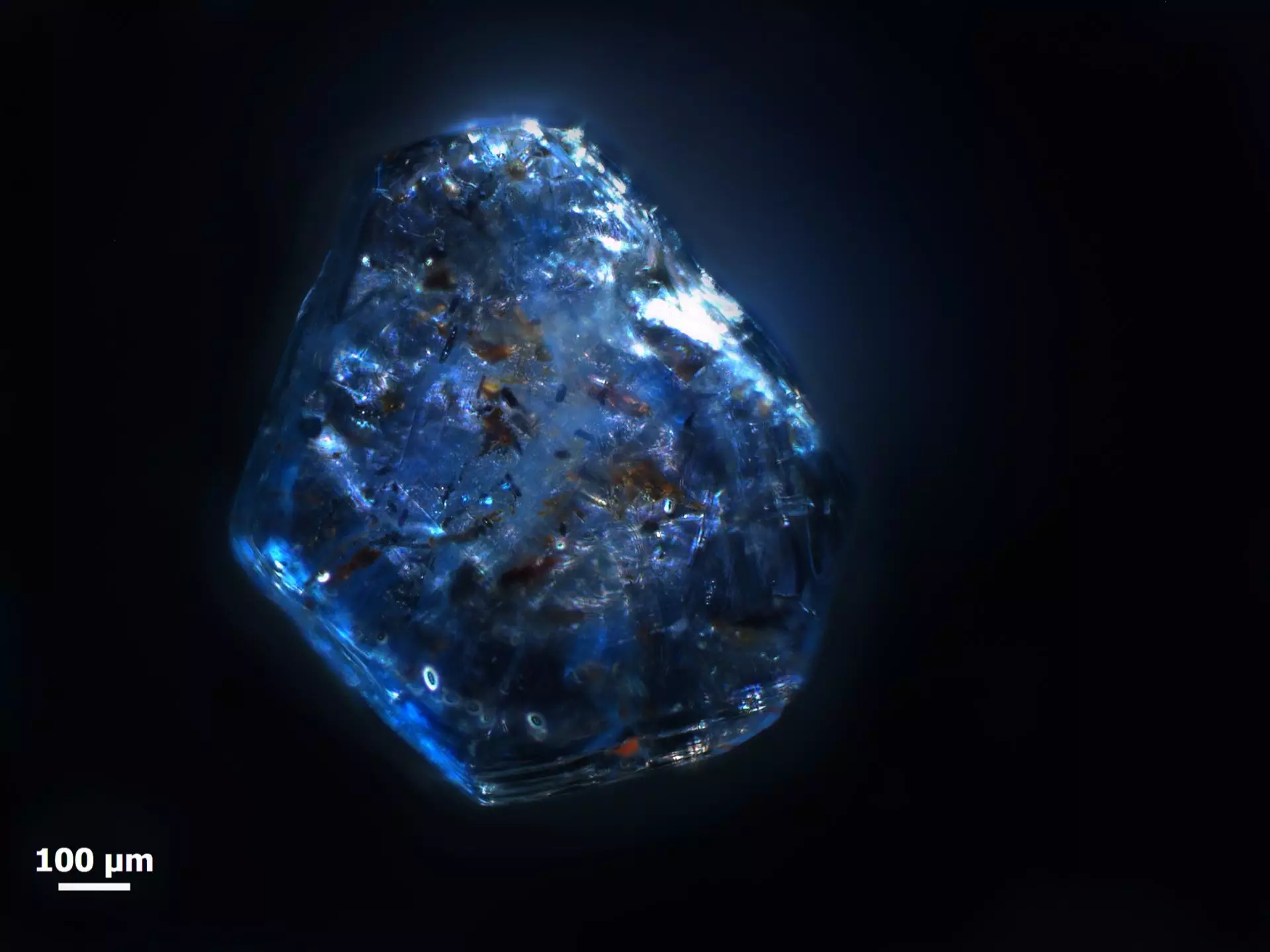Sapphires, known for their stunning blue color, are highly prized gems that are primarily composed of aluminum oxide, or corundum. Researchers at Heidelberg University have been delving into the formation of these unique crystals in volcanic melts. While sapphires are typically associated with silicon-poor volcanic rocks, the exact origin of these gems has long been a topic of debate in the scientific community.
The Eifel region in Germany has served as a key area of study for the researchers at Heidelberg University. Through geochemical analyses, they have discovered that millimeter-sized sapphire grains found in the Eifel formed in association with volcanism, shedding light on the formation process of these precious gems. The presence of sapphires in volcanic deposits in the region has provided valuable insights into their origin.
One of the explanations proposed by the researchers is that sapphires in the Earth’s crust may have originated from clayey sediments at high temperatures and pressure. As magma ascended towards the surface, these sapphire crystals were brought along, resulting in their presence in volcanic deposits. The combination of magmatic and metamorphic processes in the Eifel region has played a crucial role in the crystallization of sapphire, highlighting the complex nature of the formation process.
To further unravel the mysteries surrounding sapphire formation, the researchers conducted age determinations on sapphires from the Eifel using the uranium-lead method. By analyzing mineral inclusions in the sapphires, they were able to determine the age of the crystals and gain insights into their isotopic composition. The varying abundances of oxygen isotopes provided valuable information on the origin of the sapphires, allowing the researchers to trace their geological history.
The study conducted by Heidelberg University researchers has significant implications for our understanding of the formation of sapphires. By investigating the relationship between sapphires and volcanic melts, the researchers have made important strides in uncovering the origins of these valuable gemstones. The combination of geological analyses and isotopic dating techniques has shed light on the complex processes that govern the formation of sapphires in volcanic environments.
The research conducted by Heidelberg University researchers offers valuable insights into the formation of sapphires in volcanic melts. By studying the sapphire grains found in the Eifel region, the researchers have provided a deeper understanding of the processes involved in the creation of these highly coveted gemstones. This work not only enhances our knowledge of sapphire formation but also contributes to the broader field of geoscience, paving the way for future discoveries in the world of precious gems.



Leave a Reply